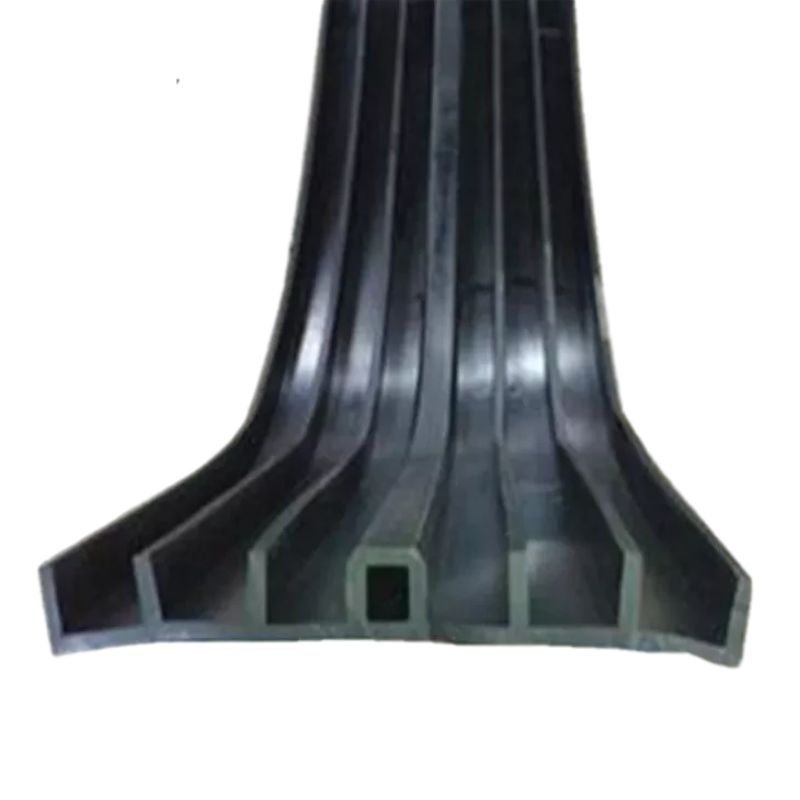In construction projects, ensuring structural integrity and durability is crucial. One important aspect is preventing water seepage in construction joints. Waterstops play a vital role in achieving this as they effectively seal these joints and prevent water from penetrating the structure.
Construction joints are inevitable on any construction project because they appear where one concrete pour ends and another begins. These joints are vulnerable areas where water can penetrate the structure, causing potential damage and deterioration over time. This is where waterstops come into play, acting as a barrier to prevent water from entering and causing damage to the building.
The use of water stops in construction joint is particularly important in underground structures such as basements, tunnels and foundations. These areas are more susceptible to water penetration because they are closer to the ground and are more likely to encounter groundwater. Without proper protection, water intrusion can cause a range of problems, including mold growth, concrete deterioration and loss of structural integrity.
There are several types of waterstops available for different construction joint applications. For example, rubber waterstops are commonly used in concrete structures to provide a flexible and impermeable barrier. These plugs are designed to accommodate the movement and settlement of concrete, ensuring a tight seal throughout the life of the structure.
In addition to rubber stoppers, there are also PVC stoppers that offer excellent resistance to water pressure and chemical exposure. These plugs are ideal for applications requiring a high level of durability and corrosion resistance, such as water treatment plants, sewage systems and industrial facilities.
Installing waterstops in construction joints requires careful planning and execution to ensure their effectiveness. Proper surface preparation and use of compatible sealants are critical to creating a secure and waterproof seal. Additionally, water stoppers must be inspected and maintained regularly to resolve any potential problems and extend their lifespan.
In summary, the use of waterstops in construction joints is a critical aspect of building waterproofing and waterproofing damage. By incorporating these important components into construction projects, builders and engineers can protect structures from the adverse effects of water penetration. Whether it is a residential, commercial or industrial development, the implementation of waterstops is a fundamental step in ensuring the long-term durability and resilience of the built environment.
Post time: Apr-26-2024



